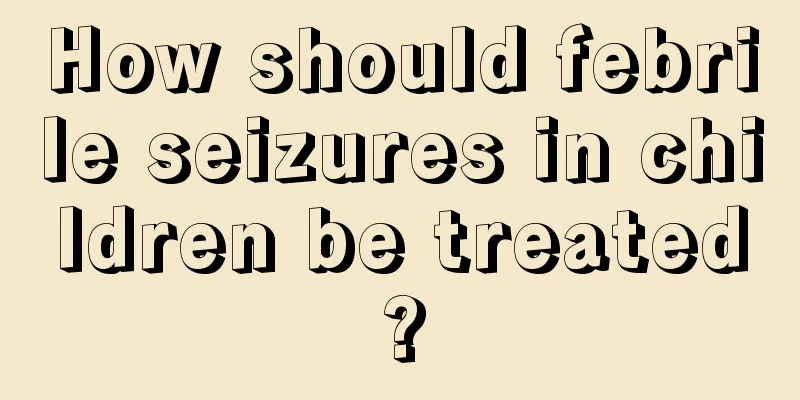Henoch-Schonlein purpura in children

|
Every child comes into this world with God's blessing and is the treasure of his parents. Whenever a child is sick, their parents will feel particularly distressed, so generally speaking, parents will be especially protective of their own children. However, the growth of a child is a very long process, and because children generally have low resistance and cannot protect themselves, they often suffer from minor illnesses and pains. Allergic purpura in children is a common disease among children. This is mainly because children nowadays generally lack exercise and have relatively low resistance. When they face the stimulation of allergens, they often experience some pathological phenomena. Next, let us understand what kind of disease allergic purpura in children is. Allergic purpura in children is caused by various allergic factors, including infection (bacteria, viruses, especially Coxsackie B virus, parasites, etc.), food (milk, eggs, fish and shrimp, etc.), drugs (antibiotics, sulfonamides, antipyretics, sedatives, etc.), pollen, insect bites, vaccinations, etc., which cause the sensitive body to have an allergic reaction, produce autoantigens, and then produce corresponding antibodies, forming antigen-antibody complexes, which are deposited on the walls of small blood vessels throughout the body, causing pathological changes mainly characterized by vasculitis. Therefore, this disease is an autoimmune disease. 1. Skin symptoms Rash is the main manifestation of this disease, which is mostly seen in the distal lower limbs and densely around the ankle joints. It occurs secondarily on the buttocks and upper limbs, and can also occur on the face, but rarely on the trunk. The shape and color of the rash may vary. Initially it appears as small urticaria or pink maculopapules that fade when pressed. Then the color deepens and red spots form. 2. Digestive tract symptoms It is relatively common and can be seen in two-thirds of children. It is clinically called abdominal type. Abdominal pain is the most common symptom, which is usually severe colic and occurs around the umbilicus, but can also be seen in other parts of the body. Three-quarters of children may have tenderness. Vomiting may also occur. Bloody stools may then be seen, and in severe cases, the stools may be bloody and watery. 3. Joint symptoms About half of the children may have multiple migratory joint pains or arthritis, most commonly in the joints of the lower limbs. 4. Kidney symptoms About one-third of children develop nephritis, and the younger the child, the more likely it is to develop nephritis, which may be visible hematuria or microscopic hematuria. It usually appears 2 to 4 weeks after purpura, and may also appear after the rash subsides or when the disease is dormant. The above are the causes of allergic purpura in children. We can see that there are many allergens that cause allergic purpura in children. Therefore, when a child suffers from allergic purpura, we must find the allergens that cause allergic purpura in children to prevent the child from contacting again, or we can go to the hospital for desensitization treatment. |
<<: The difference between diapers and disposable diapers
>>: What medicine should children take for urticaria
Recommend
What is good to eat for baby's appetite?
One of the most troubling things for parents is t...
What causes allergic reactions in newborns?
Since the immune system of newborns is relatively...
What to do if the child is too fat
Some parents are very worried that their children...
Is it a disease if the baby is anxious to eat?
Many premature babies are in a hurry to breastfee...
What to do if your child has hives?
Urticaria patients are of all ages, from infants ...
4-year-old girl's underwear has yellow
The yellow color of women's underwear is main...
What to do if your one-year-old child has a hoarse voice?
Many parents have found that when their children ...
What should children eat to grow taller?
How can children nowadays grow taller? Children n...
Baby viral cold fever
Viral colds are more common in winter. The dry en...
What should I do if my three-year-old child has a high fever?
It is very common for children to have a fever. W...
How to treat babies who always wake up during sleep
As parents, we are all worried when our children ...
What are the symptoms of fever and convulsions in children?
Fever in children is quite common. If the fever i...
What happened to the child who fainted?
If a child suddenly faints, you should take the c...
What to do if a three-month-old child has a fever
A child’s immune system is the weakest when he or...
What causes white stool in children?
What are the symptoms of white stools in children...









